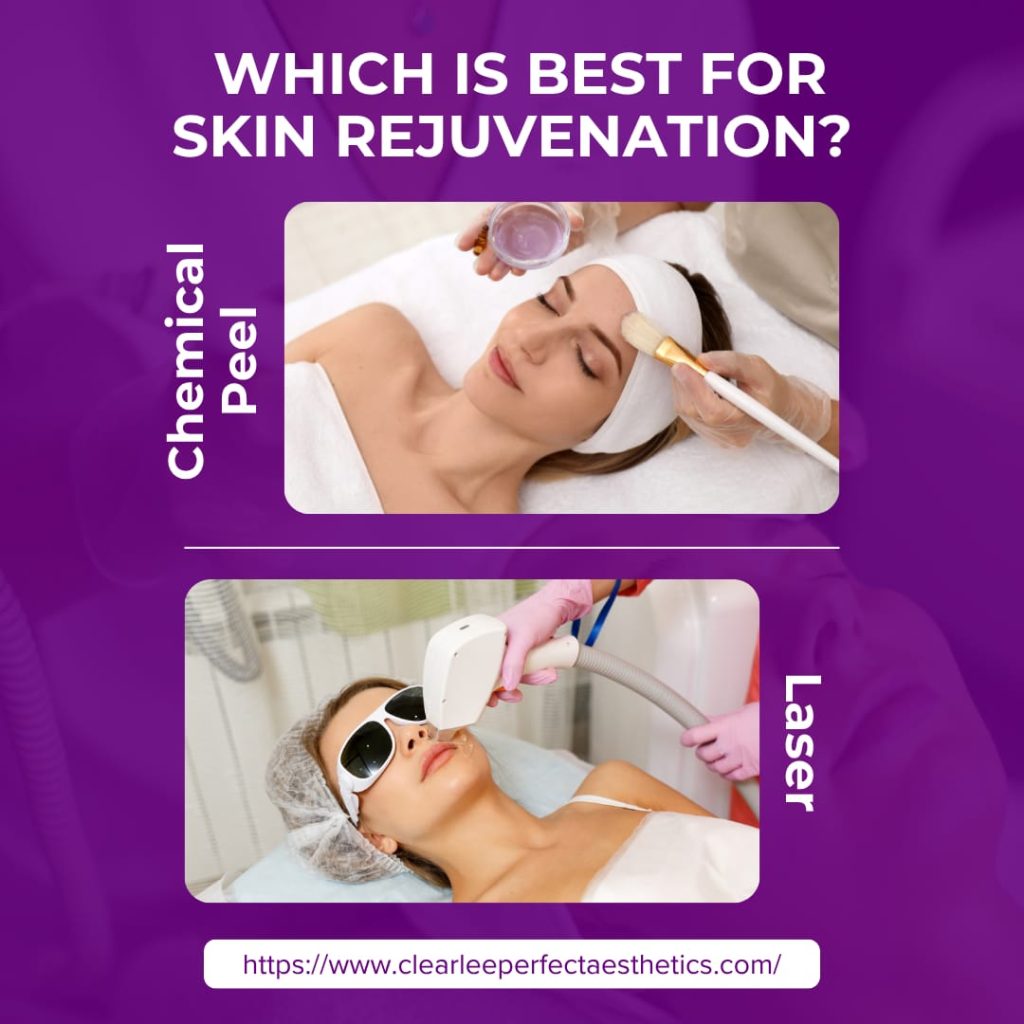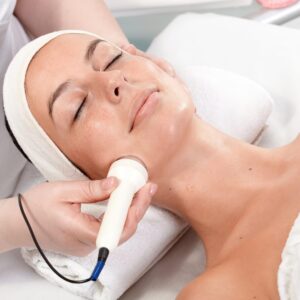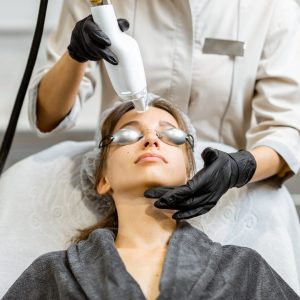Chemical Peel vs Laser: Which Is Best for Skin Rejuvenation?
When comparing chemical peel vs laser, every skincare journey is unique. From skin rejuvenation treatments and addressing hyperpigmentation to fading fine lines and scars, knowing the right option can make all the difference.
1. Understanding Skin Rejuvenation
Skin rejuvenation refers to treatments designed to restore a healthy, youthful glow by correcting damage from sun exposure, aging, acne, or pigmentation. Popular approaches include chemical peels, laser resurfacing, microneedling, and IPL photofacials. Each method targets the skin differently, yet all aim to improve texture, tone, and overall appearance.
2. What Is a Chemical Peel?
A chemical peel involves applying a specialized solution, often made with acids like glycolic, salicylic, or TCA, that causes controlled exfoliation of the outer skin layers. This process reveals smoother, brighter skin underneath and helps reduce fine lines, mild pigmentation, acne scars, and dullness.
Chemical peels come in different depths:
- Superficial peels – Minimal downtime and ideal for light discoloration or dullness.
- Medium peels – Penetrate deeper for texture issues and moderate pigmentation.
- Deep peels – Deliver dramatic results for deep wrinkles and scars but require significant recovery time.
Benefits: Affordable, gradual improvement, effective for mild to moderate concerns.
Limitations: May need multiple sessions and can cause irritation or pigmentation issues in sensitive or darker skin types.
3. What Is Laser Resurfacing?
Laser treatment uses focused light energy to target and remodel the skin. Depending on the type of laser, it can remove damaged skin layers or stimulate collagen production without affecting the surface.
There are two main types:
Ablative lasers (CO₂, Er:YAG) – Remove the top skin layer and heat the underlying tissue to stimulate collagen.
Non‑ablative lasers (Fraxel, Nd:YAG) – Work below the surface to stimulate collagen without removing skin.
Benefits: Delivers precise results, reduces deep wrinkles, scars, and stubborn pigmentation, and strongly stimulates collagen for firmer skin.
Drawbacks: Higher cost, possible downtime, and a greater risk of irritation or post-inflammatory hyperpigmentation if not performed correctly.
4. Chemical Peel vs Laser for Hyperpigmentation
When it comes to hyperpigmentation, the choice between chemical peel vs laser treatment depends on severity.
- Chemical peels work best for mild to moderate pigmentation, like sunspots or post-acne marks. Multiple sessions can gradually lighten these spots.
- Laser treatments are more effective for stubborn or deep pigmentation. Q‑switched and fractional lasers break down pigment more quickly and can deliver visible results in fewer sessions.
However, lasers need careful handling, especially for darker skin tones, to prevent worsening pigmentation.
5. When to Choose a Chemical Peel
A chemical peel is ideal if:
- You want a gradual, low-cost solution for surface issues like mild discoloration or uneven texture.
- You prefer shorter recovery times with light to moderate improvement.
- You are new to professional skin treatments and want to start with a gentler approach.
6. When to Choose Laser Resurfacing
A laser treatment may be the better choice if:
- You’re targeting deep wrinkles, acne scars, or stubborn pigmentation.
- You want faster and more noticeable results.
- You’re willing to invest in higher upfront costs and can manage some downtime.
7. Can You Combine Both Treatments?
Yes! A strategic approach often combines peels and lasers for maximum skin rejuvenation. For example:
- A medium chemical peel can be performed first to remove surface dead skin.
- A non‑ablative laser session follows weeks later, enhancing collagen production and targeting deeper pigmentation.
- This method provides both surface and deep improvements without overwhelming the skin at once.
8. Preparing and Caring for Rejuvenated Skin
Whether you choose a chemical peel or laser resurfacing, preparation and aftercare are essential:
- Consult a professional to assess your skin type and concerns.
- Pre-treatment prep: Avoid retinoids, harsh exfoliants, and sun exposure before the procedure.
- Post-care: Use gentle cleansers, hydrating creams, and strict sun protection.
- Sun safety: Consistent SPF is critical to protect your investment and prevent new pigmentation.
9. Final Thoughts: Chemical Peel vs Laser
In the debate of laser vs chemical peel, there’s no one-size-fits-all answer.
- Choose chemical peels for gradual improvements, surface-level rejuvenation, and affordability.
- Choose lasers for deep pigmentation, scarring, and faster, more dramatic results.
- For the ultimate transformation, consider combining both treatments under professional guidance.
Both options aim to rejuvenate your skin, restore radiance, and bring out your natural glow. A consultation with CleaLee Perfec Aesthetics, a trusted aesthetic provider will help you pick the treatment that fits your skin type, concerns, and lifestyle.













